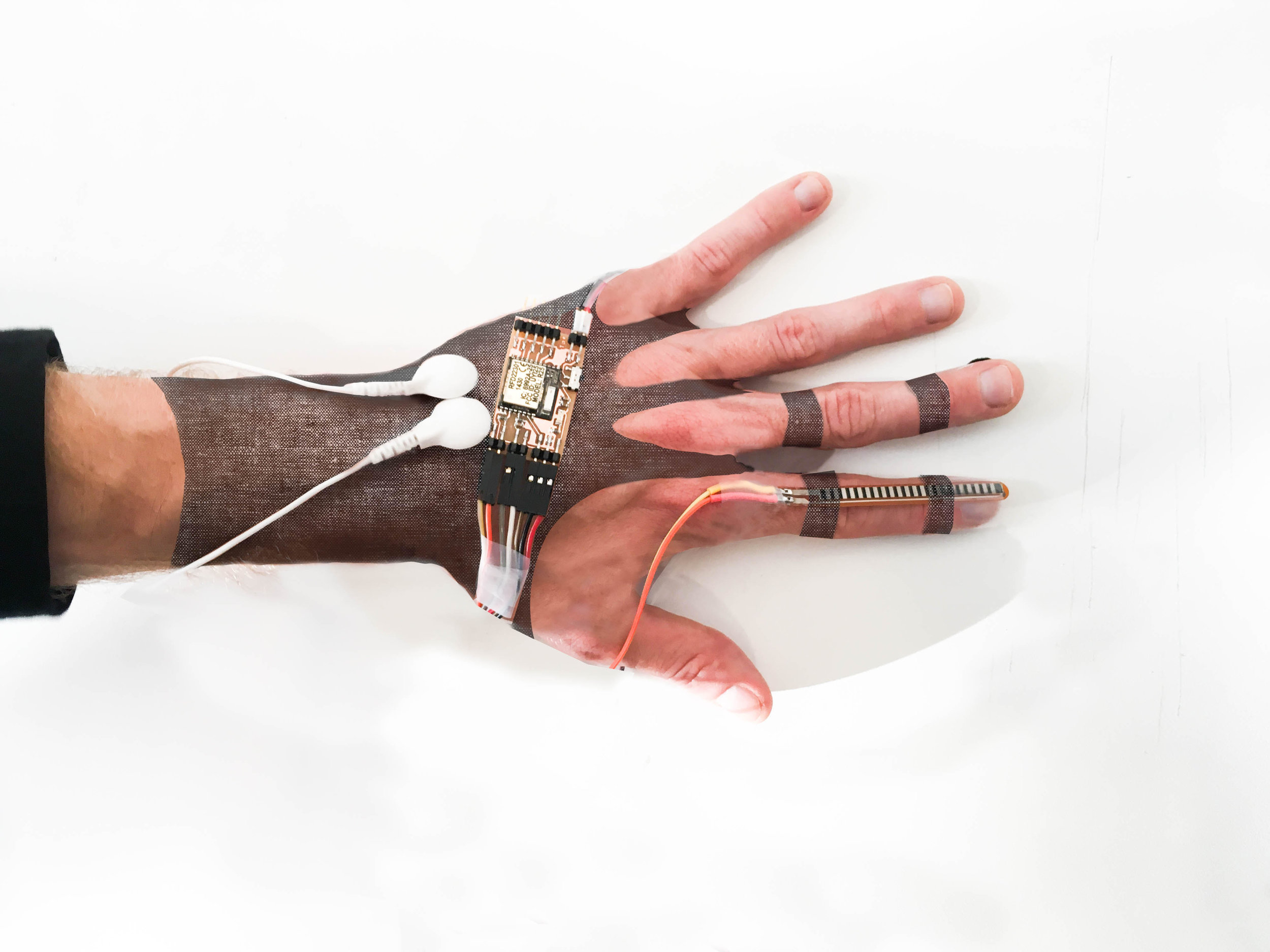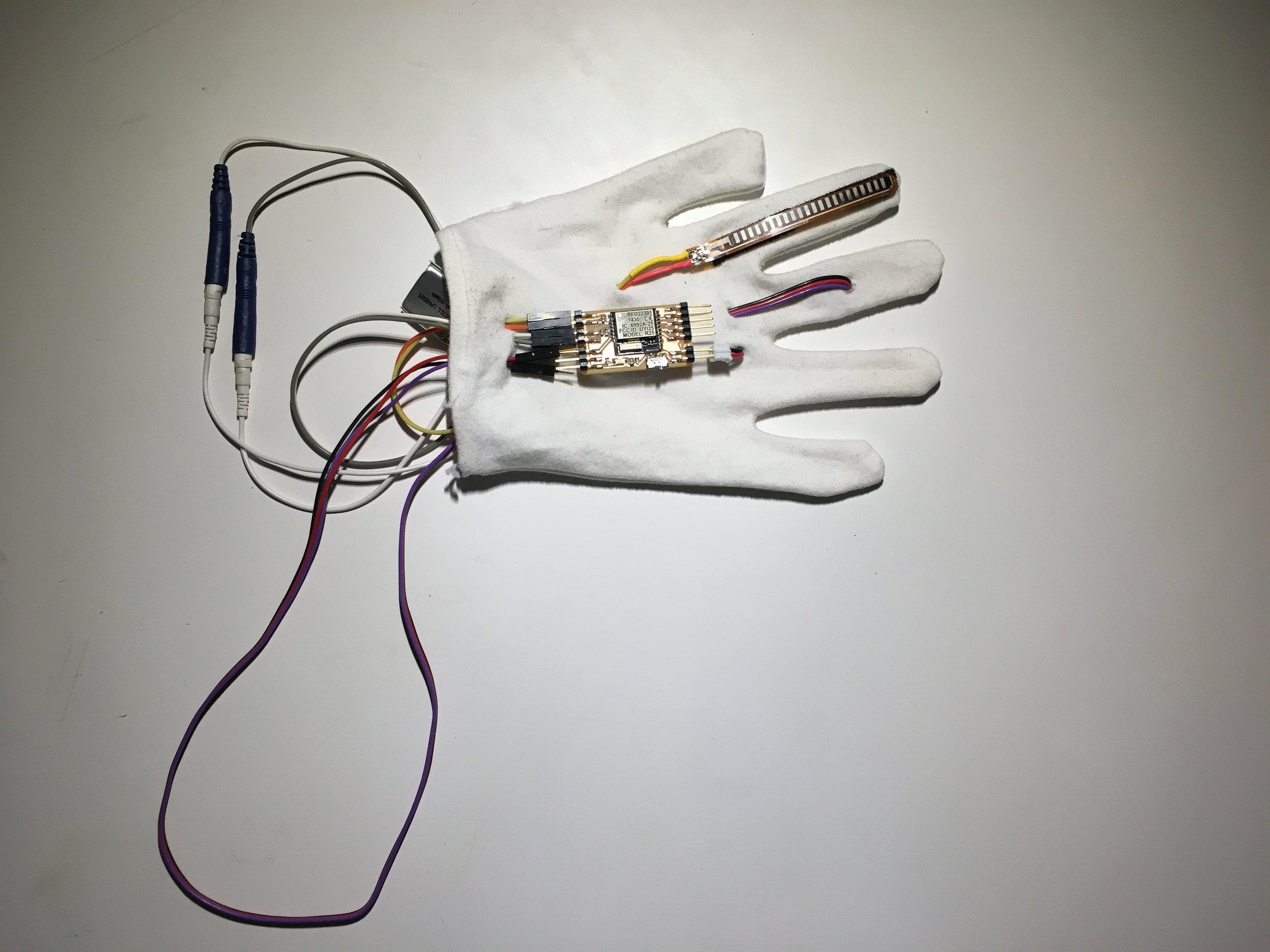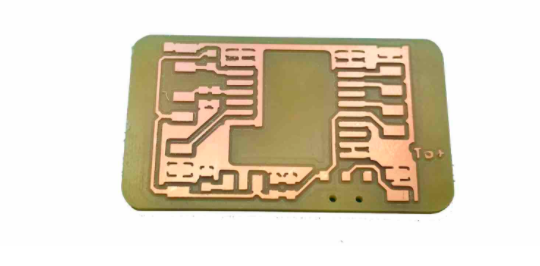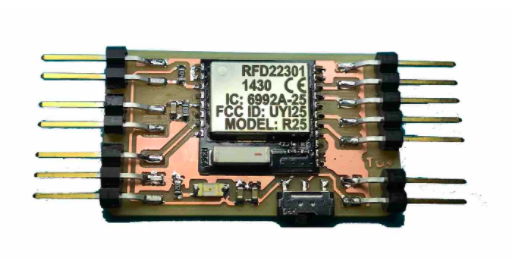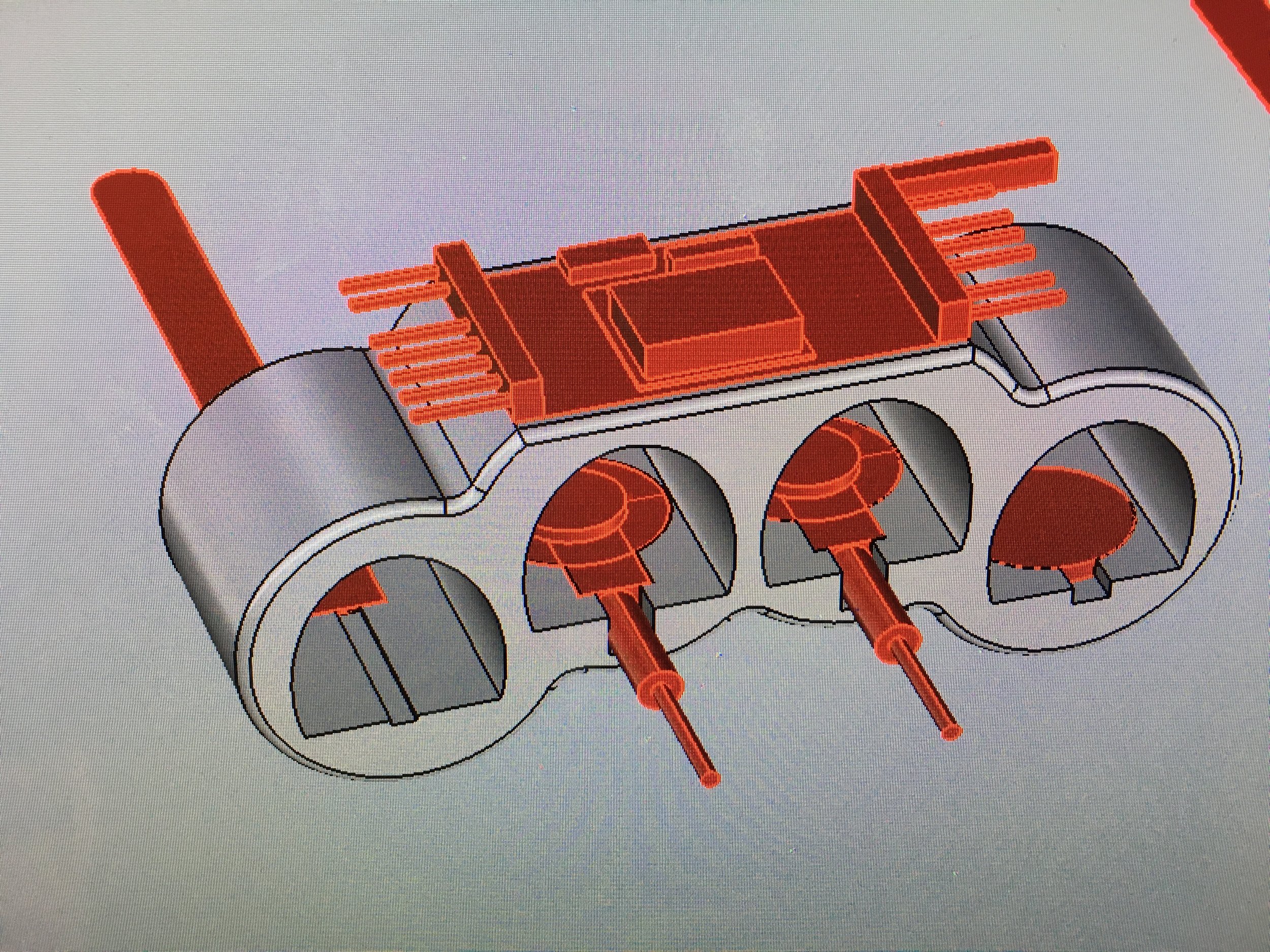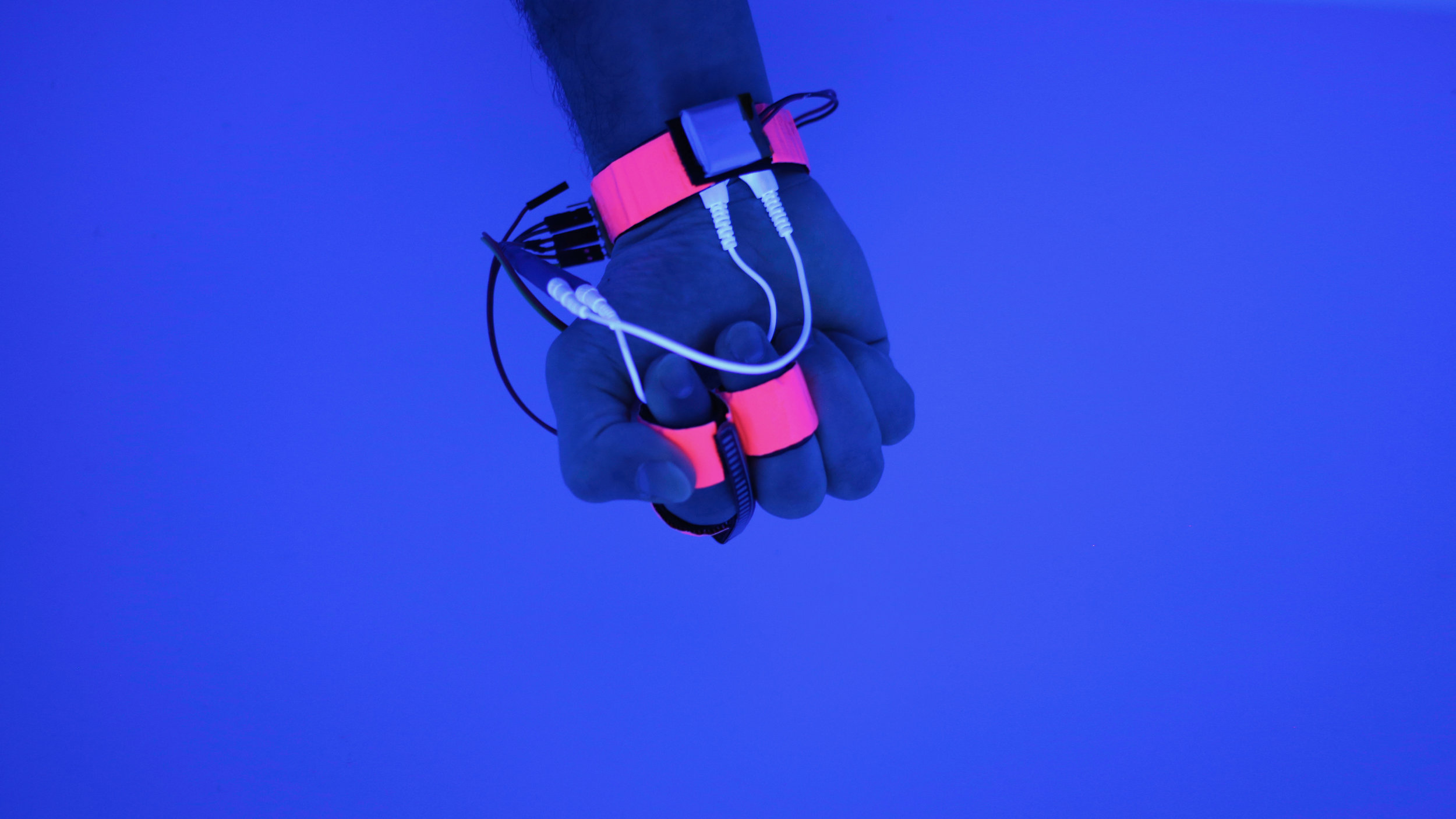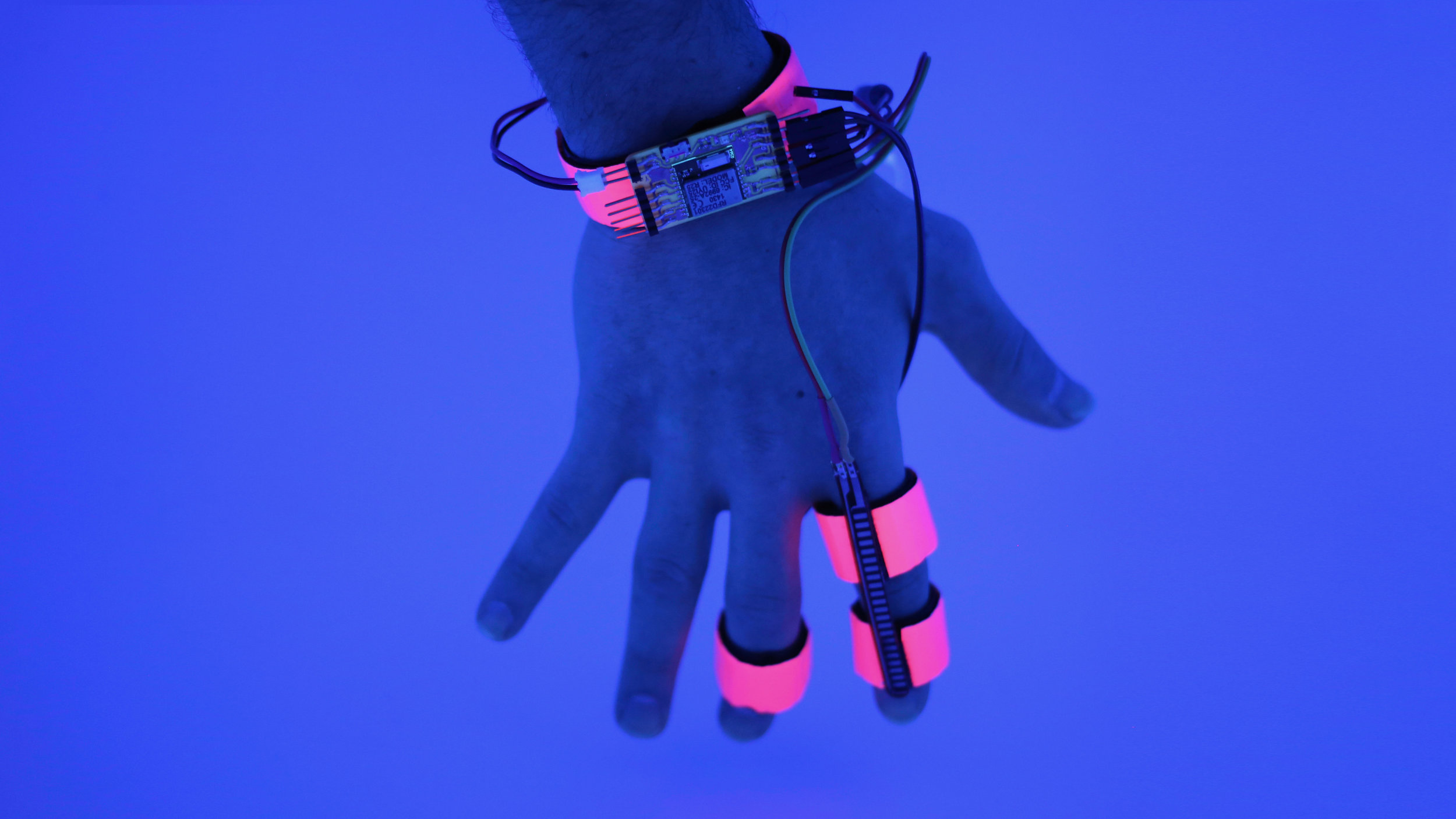The Inspiration
During sleep onset, a strange introspective window arises in the form of hypnagogia, a semi-lucid sleep state where we all begin dreaming before we fall fully unconscious. Hypnagogia is characterized by experiential unpredictability, distorted perception of space and time, and spontaneous, fluid idea association¹. Edison, Tesla, Poe, and Dalí each accessed this state by napping with a steel ball in hand² to capture creative ideas generated in hypnagogic microdreams when it dropped to the floor below...Dream Caused by the Flight of a Bee (Around a Pomegranate) A Second Before Waking
Dalí used hypnagogia for painting inspiration. Edgar Allen Poe used it for poetry writing⁵, saying “There is a class of fancies, of exquisite delicacy, which are not thoughts; they seem to be rather psychal than intellectual... I am aware of these ‘fancies‘ only when I am on the brink of sleep, with the consciousness that I am so...it is a glimpse of the spirit’s outer world...the delight experienced has, as its element, but the absoluteness of novelty.” Scientists from Edison to Tesla write about use of hypnagogia for gaining creative insight on difficult problems as well.
“During hypnagogia,” says Professor Dierdre Barrett of Harvard Medical, “the prefrontal areas of the brain are less active…[this creates] less censorship from the mind, and more freely allows novel sounds and imagery to be imagined by the individual. This is flexibility.”
The Project
In this project we modernize this Steel Ball technique, using conversational interfaces implemented on a cellphone and a handworn basic sleep stage tracker. When we first built it, we used the social robot Jibo as our conversational interface. In this version we’ve replaced all Jibo functionality with a cellphone, so all you need is an app and a handworn tracker (we also have a trackerless, app-only version which has a larger margin of sleep-staging error). With this new Dormio system in place we are able to influence, extract information from, and extend hypnagogic dreams!


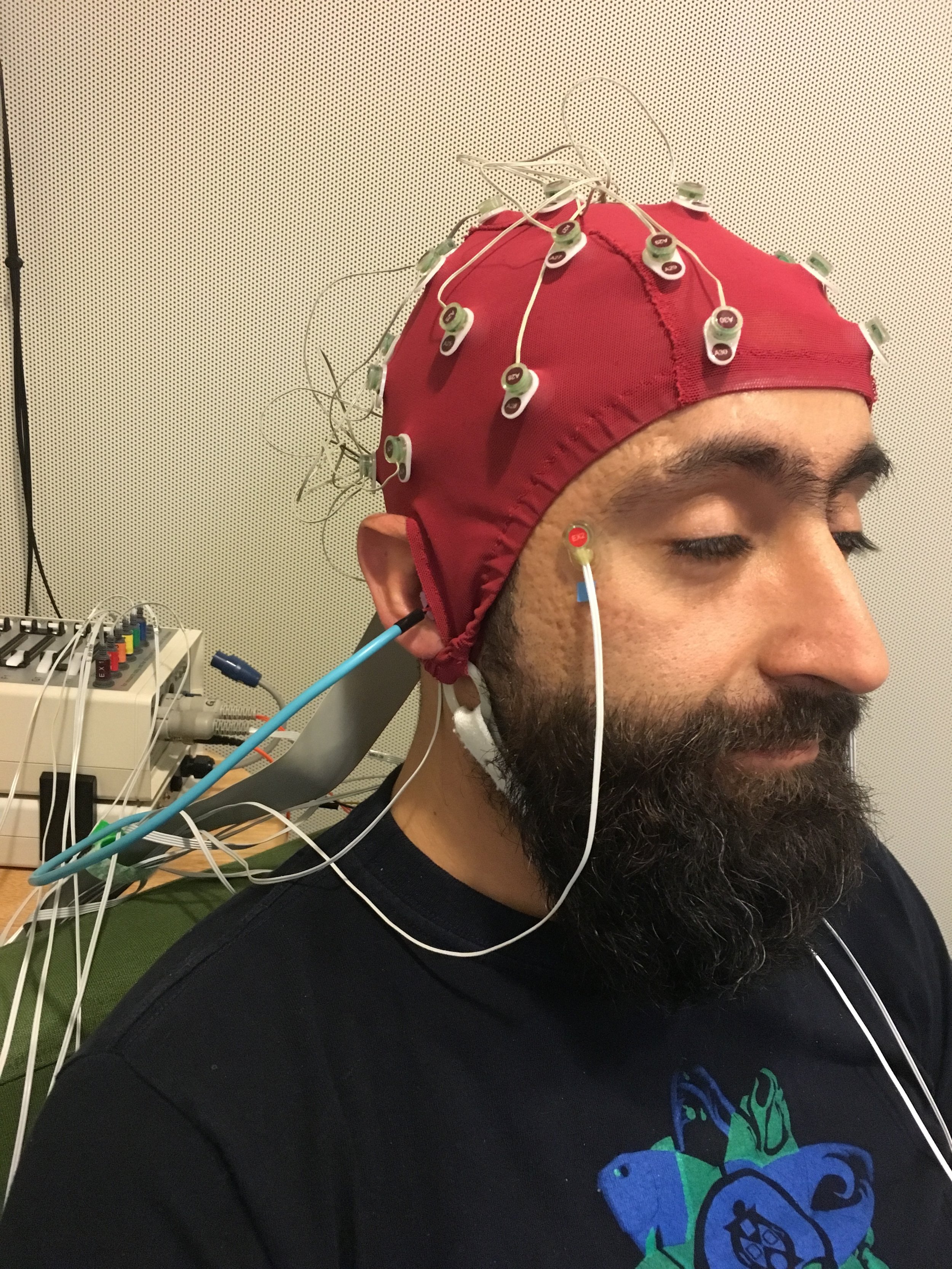
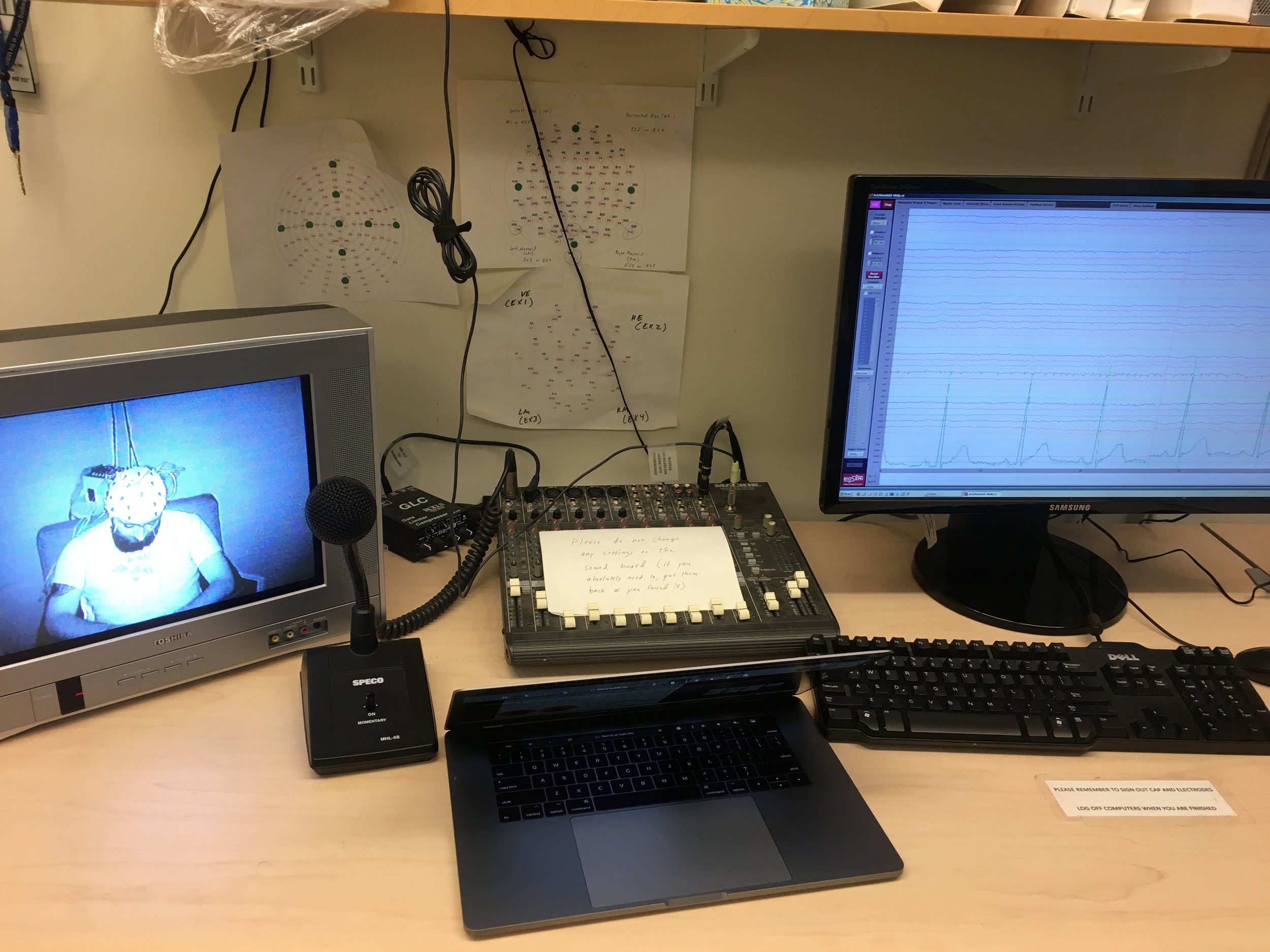
The Device and Team
Our device sits on your hand and measures Heart Rate Variability, Electrodermal Activity and Muscle Flexion. It uses an RFDuino and sends this data over Bluetooth, tying it to our computer or cellphone app. This information is thesholded and filtered to give a sense of sleep stage transitions and initiate the audio and recording in the Dormio app. Tomás Vega, from the MIT Media Lab's Fluid Interfaces group, led the building of electronics for this device. Aby Jain has done supplemental electronics work, Oscar Rosello has been building out the form factor with me. Ishaan Grover and Pedro Reynolds-Cuellar have been working on the robotic interaction design, experimental design and the filtering of biosignals. Eyal Perry has been building the server for data collection and leading the algorithmic staging, as well as building the first iOS version, and Matthew Ha has been polishing the iOS app and building an automated analysis pipeline. Pattie Maes and Robert Stickgold have been helping with experimental design.
How It Works
It's really simple! The Dormio system uses three biosignals: heartbeats per minute, electrodermal activity, and finger flexion. These have been shown to change during sleep onset, as your bodily preparation for sleep manifests in altered muscle tone¹¹ ¹, breath rate¹¹, heartrate⁸ ⁹, skin conductance¹⁰ and more.
This novel sensor system is key because we can create a sleep intervention without the use of EEG, the canonical sleep sensor, which is prohibitively expensive, uncomfortable, alters sleep patterns and has not had good inter-rater reliability when staging sleep onset transition periods¹² ¹³ ¹⁴.
We use the hand sensor to look out for the transition from early hypnagogic sleep onset (N1, Hori stages 1-5) into into deeper Hori stages of sleep (Hori Stages 5-9) where the transition from N1 to N2 stage sleep happens⁷ ¹³. You can think of this as transitioning from early drowsiness, like nodding off in a lecture, to an unresponsive period where it would be a bit difficult to wake you up. It’s important to note if you’re using Dormio that even if people become unresponsive in late Hori stages, they’ll often deny having been asleep at all! This is called sleep state misperception ¹⁵.
Dormio interrupts the transition from N1 to N2 using audio, making a sound that is loud enough to not let you go into deeper sleep but not so loud as to wake you up fully, suspending you in hypnagogia. Dormio uses this audio wakeup as an opportunity--because past work shows⁶ that hypnagogic dreams are subject to inception. Your wakeup trigger is a word, i.e. “fork”, not a neutral beep, and thus becomes your cue for your guided ‘fork’ dream, introduced when you are in a semi-lucid state optimal for dream influencing. Each subsequent wakeup is also a dream report opportunity! This is the real novelty of the Dormio system, and we are calling it a Serial Incubation Paradigm. In the past, a serial awakenings paradigm¹⁶ has been used to gather multiple dream reports and study hypnagogia, but we use every wakeup as a dream incubation opportunity as well, enabling dream control and capture.
The Science
Why Creativity?
Creativity is an altered state of consciousness: in a moment of invention, “the creator breaks free of logic and deductive reasoning, of familiar pathways, of taken-for-granted approaches” ³. The practiced pathways for cognition that structure our understanding of the world are abandoned and new, fluid associations arise. The theoretical framework for the functional neuroanatomy of altered states of consciousness generally, and creativity specifically, has often centered around deactivations in the prefrontal cortex⁴. This center for executive, organizational cognitive function shuts down and “decrease in prefrontal activity creates less censorship from the mind, and more freely allows novel sounds and imagery to be imagined by the individual. This is flexibility,” says Dierdre Barrett of Harvard Medical School. These unpredictable bursts of novel insight and associations can be understood as a fragmentation of normal function, a passing breakdown of structured consciousness into abstraction and fluid association. The question is, how can we engender, direct and capture these bursts to augment creativity?
Why Sleep?
Amazingly, the same hypofrontality (frontal deactivation) underlying awake creative flexibility is also common to the early stages of sleep that this project focuses on. Conveniently, this hypofrontality happens both regularly and predictably during sleep, as opposed to during waking states, where we must wait for flow states and Eureka moments. Moreover, the cognitive changes which occur at sleep onset happen in stages, the Hori stages mentioned above, which have dissociable experiential and physiological signatures. These range from Hori stages (1,2), corresponding to wakefulness, Hori stages (3-8) corresponding to the sleep stage N1, and the last Hori stage (9) corresponding to the beginning of N2 sleep⁷ ¹³. In the Dormio project, we’re interested in the cognitive alterations at sleep onset and what they enable in terms of access to altered modes of thought, and augmenting everything from creativity to memory consolidation.
One of our mentors on this project, Dr. Robert Stickgold, has showed fascinating sleep-induced changes in associative memory which offer insight into the generation of abstract ideas in hypnagogia which Dr. Dierdre Barrett refers to above. In these sleep stages, we are primed to our weakest associations, not our strongest associations like in waking state. This allows for distant, fluid idea associations which would be ignored or dismissed in a waking, attentional state.
Experimental Results
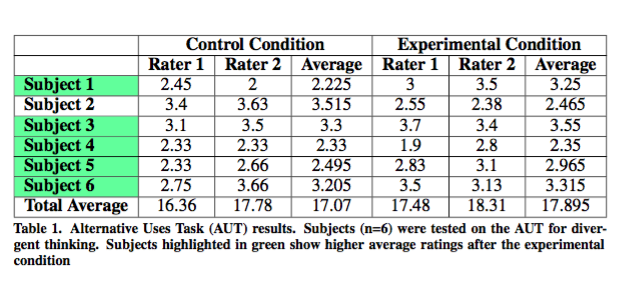

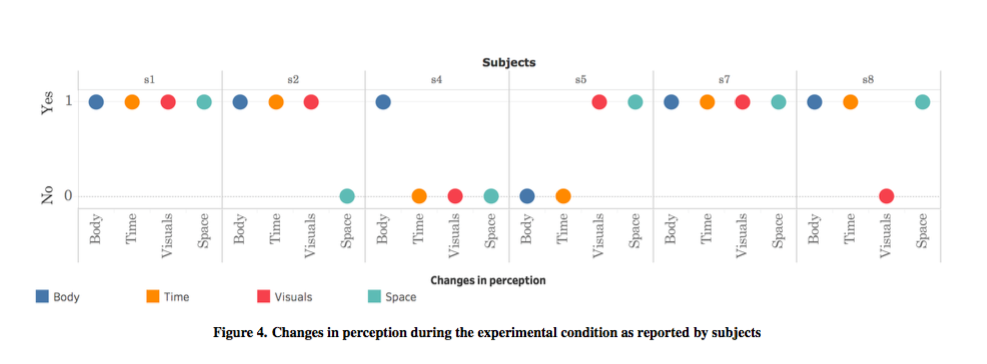
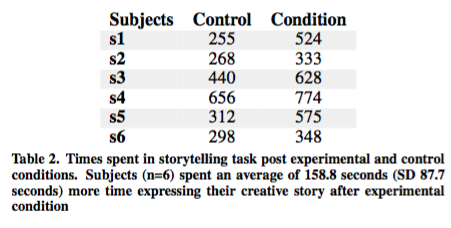
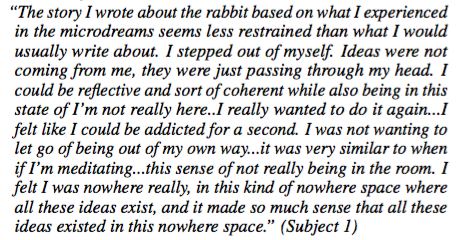
Study 1 + Publication
We compared creativity of subjects in a condition of hypnagogia, prompted by an audio cue of either "Fork" or "Rabbit", to creativity of subjects in a time-matched control task of lying down awake and prompted with those same audio cue words.
Firstly, we confirmed our ability to control dream content based on introduced audio cues. All of our subjects tested have dreamed of arousal-matched cue words chosen by experimenters before use of the Dormio system.
Hypnagogic hallucinations induced were multimodal--ranging from time dilation, loss of sense of self, auditory and visual pop-up hallucinations, and more.
Results indicate subjects (n=6) score higher on the golden standard creativity task, the Alternative Uses Task, after contemplating an object in Hypnagogia versus time matched control condition of contemplation while awake. Experimental hypnagogia condition yielding both higher average creativity ratings and 18% more alternative uses.
Each of our subjects wrote a creative story for longer, showing more motivation, after our experimental condition versus after control conditions.
4/6 of our subjects mixed media (drawing and writing) after hypnagogia, versus 0/6 after control condition (solely writing)
All of these findings suggest greater creativity after the hypnagogic presentation of target words.
Study 2 Ongoing
Is building on these results with an n=48 (and nearly done!)
Thus far we have seen consistent incorporation of themes into dreams using Dormio wherein subjects produced 1+ hypnagogic dream reports incorporating the presented word (n=30).
1.Andreas Mavromatis. 1983. Hypnagogia: The nature and function of the hypnagogic state. Ph.D. Dissertation. School of Social Sciences Theses.
2. Paolo Mazzarello. 2000. What dreams may come? Nature 408, 6812 (2000), 523–524
3. Khatami, Manoochehr (1978). Creativity and Altered States of Consciousness. Psychiatric Annals. Volume 8: Issue 3 (57-64).
4. Dietrich, A. (2006). Transient hypofrontality as a mechanism for the psychological effects of exercise. Psychiatry Research, 145 (1) (2006), pp. 79–83
5. Edgar Allan Poe. 1980. The Unknown Poe: An Anthology of Fugitive Writings. City Lights Books.
6. Robert Stickgold, April Malia, Denise Maguire, David Roddenberry, and Margaret O’connor. 2000. Replaying the game: hypnagogic images in normals and amnesics. Science 290, 5490 (2000), 350–353
7. Noreika, Valdas & Canales-Johnson, Andres & Koh, Justin & Taylor, Mae & Massey, Irving & A. Bekinschtein, Tristan. (2015). Intrusions of a drowsy mind: Neural markers of phenomenological unpredictability. Frontiers in Psychology. 6. 10.3389/fpsyg.2015.00202.
8. Pivik, R. T., and K. Busby. "Heart rate associated with sleep onset in preadolescent." Journal of sleep research 5.1 (1996): 33-36
9. Baharav, A., et al. "Fluctuations in autonomic nervous activity during sleep displayed by power spectrum analysis of heart rate variability." Neurology 45.6 (1995): 1183-1187.
10. Šušmáková, Kristína, and Anna Krakovská. "Discrimination ability of individual measures used in sleep stages classification." Artificial intelligence in medicine 44.3 (2008): 261-277.
11. Ogilvie, Robert D., Robert T. Wilkinson, and Susan Allison. "The detection of sleep onset: behavioral, physiological, and subjective convergence." Sleep12.5 (1989): 458-474.
12. Warby, Simon C., et al. "Sleep-spindle detection: crowdsourcing and evaluating performance of experts, non-experts and automated methods." Nature methods 11.4 (2014): 385.
13. Tanaka, Hideki, Mitsuo Hayashi, and Tadao Hori. "Statistical features of hypnagogic EEG measured by a new scoring system." Sleep 19.9 (1996): 731-738.
14. Agnew Jr, H. W., Wilse B. Webb, and Robert L. Williams. "The First Night Effect: An Eeg Studyof Sleep." Psychophysiology 2.3 (1966): 263-266.
15. Hsiao, Fan-Chi, et al. "The neurophysiological basis of the discrepancy between objective and subjective sleep during the sleep onset period: an EEG-fMRI study." Sleep 41.6 (2018): zsy056.
16. Siclari, Francesca, et al. "Assessing sleep consciousness within subjects using a serial awakening paradigm." Frontiers in psychology 4 (2013): 542.APA


